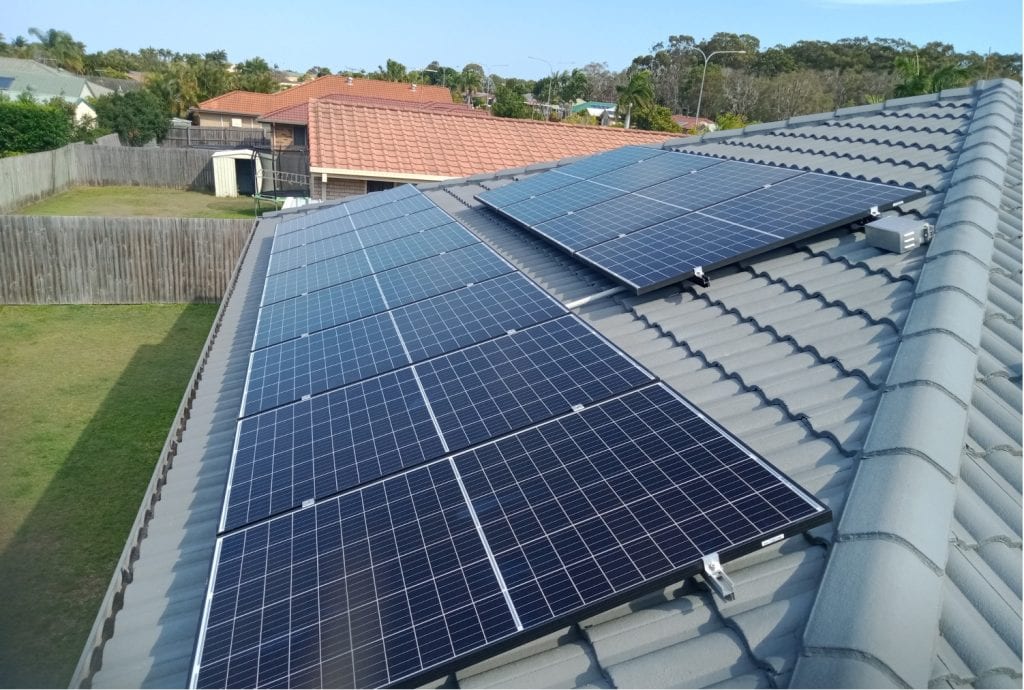
Solar Savings: Navigating Panel Costs
In the quest for sustainable energy, solar panels emerge as champions, but understanding the dynamics of solar panel costs is crucial for informed decision-making. Let’s explore the world of solar savings, demystifying the factors that influence costs and guiding you towards a brighter, budget-friendly energy future.
Initial Investment: Planting Seeds for Solar Returns
The upfront cost of solar panels is often the first consideration. While the initial investment may seem substantial, it’s essential to view it as planting seeds for future solar returns. This cost includes the panels, inverters, installation, and other necessary components. Think of it as an investment in a long-term, eco-friendly energy source that pays dividends over time.
System Size: Tailoring to Your Energy Appetite
The size of your solar panel system plays a significant role in determining costs. A larger system generates more electricity but comes with a higher initial investment. Tailor the size of your system to your energy needs and budget. Consider factors such as available roof space, energy consumption patterns, and any future changes in usage.
Quality Matters: Investing in Longevity
When it comes to solar panels, quality matters. Opting for high-quality panels may incur a slightly higher cost initially, but the investment pays off in the long run. Quality panels often come with better efficiency, durability, and warranties, ensuring your solar system functions optimally for decades. It’s a case of investing in longevity and reliability.
Incentives and Rebates: Sweetening the Deal
Government incentives and rebates sweeten the deal, making solar more accessible and affordable. Federal tax credits, state-level incentives, and utility rebates can significantly offset the initial costs. Research available incentives in your region to maximize savings. These financial perks contribute to making your solar investment even more attractive.
Installation Costs: Bringing Solar to Life
The installation process is a vital component of solar panel costs. Labor, permits, and other installation-related expenses contribute to the overall investment. Seeking quotes from reputable solar installers allows you to compare installation costs and choose a provider that aligns with your budget while ensuring a professional and efficient installation.
Financing Options: Tailoring Payment Plans
Financing options open the door to solar savings without a hefty upfront payment. Solar loans, power purchase agreements (PPAs), and leasing options offer flexibility in tailoring payment plans to your financial situation. Explore the financing landscape to find an arrangement that aligns with your budget and ensures a smooth transition to solar energy.
Energy Efficiency Gains: Counting the Returns
While the focus is often on costs, it’s crucial to consider the returns on investment. Solar panels enhance energy efficiency, leading to reduced electricity bills over time. Calculate the potential energy savings and factor this into your cost analysis. The long-term gains in energy efficiency contribute significantly to the overall value of solar panels.
Maintenance and Longevity: Calculating Lifecycle Costs
Beyond the initial investment, consider maintenance and longevity in your cost analysis. Solar panels have low maintenance requirements, and many come with extensive warranties. Calculate the lifecycle costs by factoring in maintenance expenses and the anticipated lifespan of the panels. This approach provides a comprehensive view of the true cost of solar energy over time.
Market Trends: Riding the Wave of Affordability
Solar panel costs are subject to market trends. Over the years, advancements in technology and increased demand have contributed to a decline in costs, making solar more affordable than ever. Keeping an eye on market trends allows you to time your investment strategically, riding the wave of affordability in the solar industry.
Embark on your solar savings journey by exploring the dynamics of solar panel costs. Understanding the factors influencing costs empowers you to make informed decisions, ensuring that your investment in solar energy aligns with your budget and environmental goals. As you navigate the solar landscape, envision not just the initial costs but the long-term dividends of a sustainable and cost-effective energy solution.



